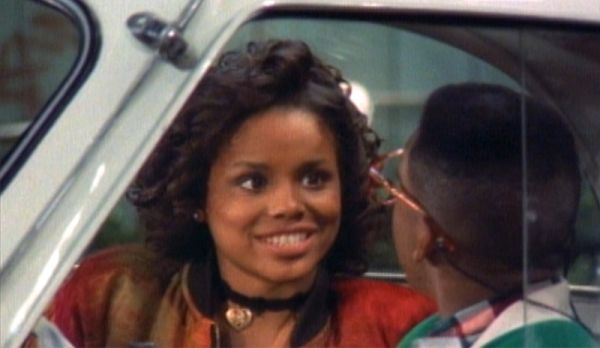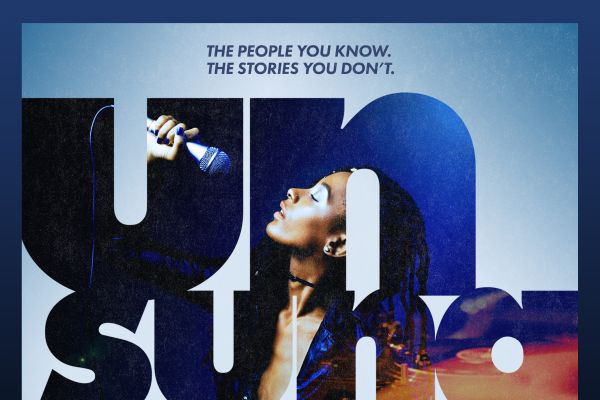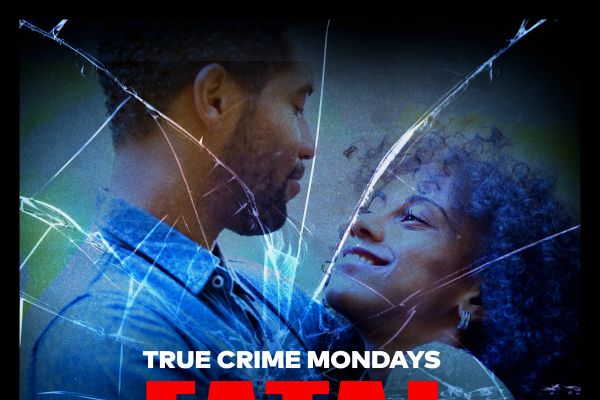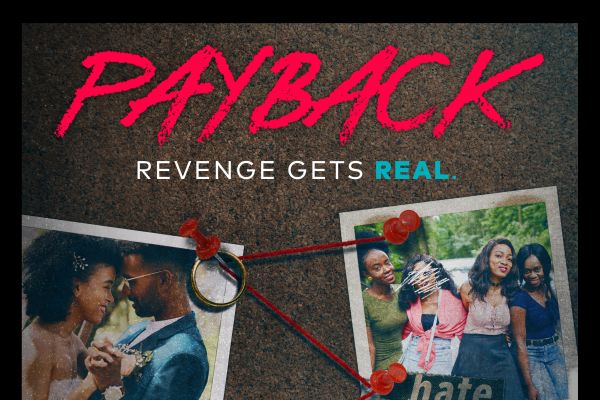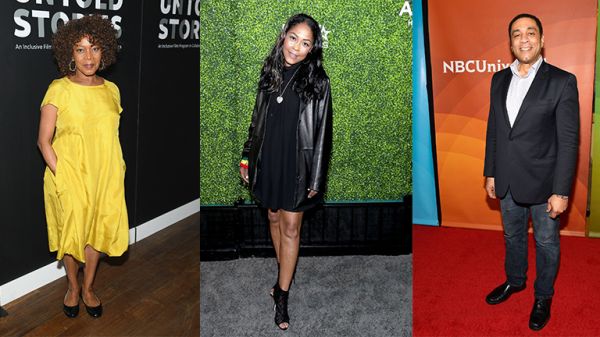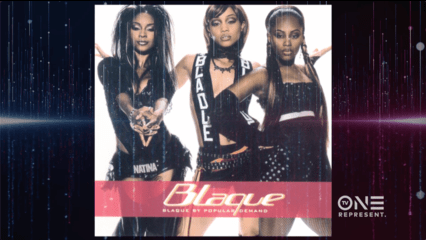![]()
Welcome to Slam Poetry 101 where the insanely talented poets from Verses and Flow school us on the history of the art as well as lessons on their place in it.
Today’s Teacher: Sha’Condria iCon Sibley
Q: What city would you describe as the birth place of Slam Poetry and why?
A: Everyone who is, or ever was, a part of the slam poetry community knows that the movement “officially” began in the early 80s in Chicago thanks to Marc Smith (“So what!!!”). However, I also believe that the foundation for the art-form itself began centuries ago with the creative, oratorical weaving of stories by West African griots, who passed on their stories verbally as opposed to in written text. We, slam poets, are today’s griots.
Q: Who is the poet or poem that changed your life?
A: Wow! There are far too many to name! As a young girl who remained somewhat quiet and shy due to being teased about the deep tone of my voice, I guess you can say that hearing Maya Angelou’s story and reading I Know Why the Caged Bird Sings was one of my earliest influences. The first time I ever heard Sunni Patterson speak, I realized the responsibility my words held. Working with Akeem Martin, the greatest slam-master ever of the current back-to-back National Poetry Slam Championship team, Slam New Orleans aka Team SNO (of which I was a founding member), pushed me to constantly edit and seek improvement in writing and life. The two poems that are forever etched in my heart as the soundtracks to the life I aim to live are Carvens Lissaints’ Praise and Tarriona ‘Tank’ Ball’s Human.
Q: Which era of poetry would you prefer to live in: Harlem Renaissance; 70’s Black Arts Movement or Post Neo Soul and why?
A: Honestly, I would prefer to live in the “right-now” era of poetry. Although I truly respect those movements/eras, I am so ecstatically proud and honored to be a part of the one I was created for… that is the now.
Q: Tell us about the first time you performed on stage.
A: After regularly attending one of the greatest open mics ever (Pozazz at True Brew Cafe’, which dissolved following Hurricane Katrina) as an undergrad in New Orleans, I finally mustered up the courage to sign up on the list. I went back and forth the whole night about whether or not I should read all the way up until my name was called. I just KNEW I was going to forget the words although I was reading from my journal. I don’t remember the poem (because I lost that journal), but I also don’t think I remember breathing the entire poem! Surprisingly, there were no tomatoes thrown, and I actually received applause… enough applause to keep me coming back for more, because to some extent, that’s really what we all want right, acceptance?
Q: Describe the most remarkable Slam poetry event you’ve ever attended?
A: The most remarkable Slam poetry event I’ve ever attended is one that I’ve attended every single year since 2008, the Southern Fried Regional Poetry Slam! It is hands down the epitome of poetry slam events and is based more on camaraderie, family, and a sense of community than on competition or exclusive academia (although it boasts some of the most “FIYA”” poets, who would sometimes never receive acknowledgement in national competitions). It occurs annually during the first week of June… in a southern city, of course.
Q: Describe the most remarkable Slam poetry event in which you’ve participated?
A: I will say that the most remarkable Slam poetry event that I’ve ever participated in (in addition to Southern Fried) would be Pass It On at Red Star Art Galerie on Bayou Road in New Orleans (which is now closed due to funding issues). Pass It On was an open mic, a slam, the home of Team SNO, a gathering of young (and old) creative, progressive minds in New Orleans post-Katrina, where the literal “soapbox” was open to anyone. Founded by Ayo Scott (son of the late, great, world-renowned artist, John Scott and founder of NOYO, Inc.), Gian ‘G Perspective’ Smith (of HBO’s Treme), Alphonse ‘Bobby’ Smith (a local videographer and attorney), and the late Marc Lundberg (of Dillard University staff), it was definitely one of the greatest defibrillators that kept the heart of the New Orleans poetry and art community beating.
